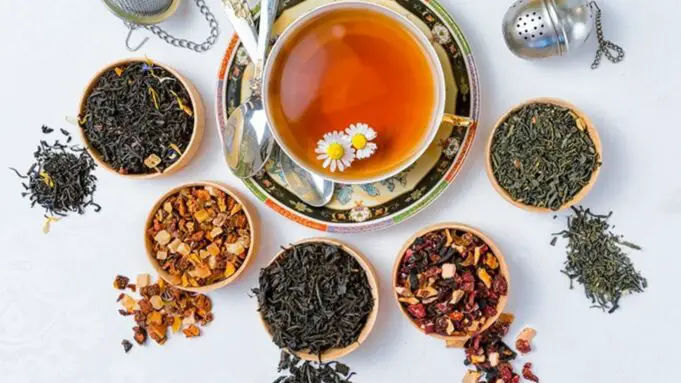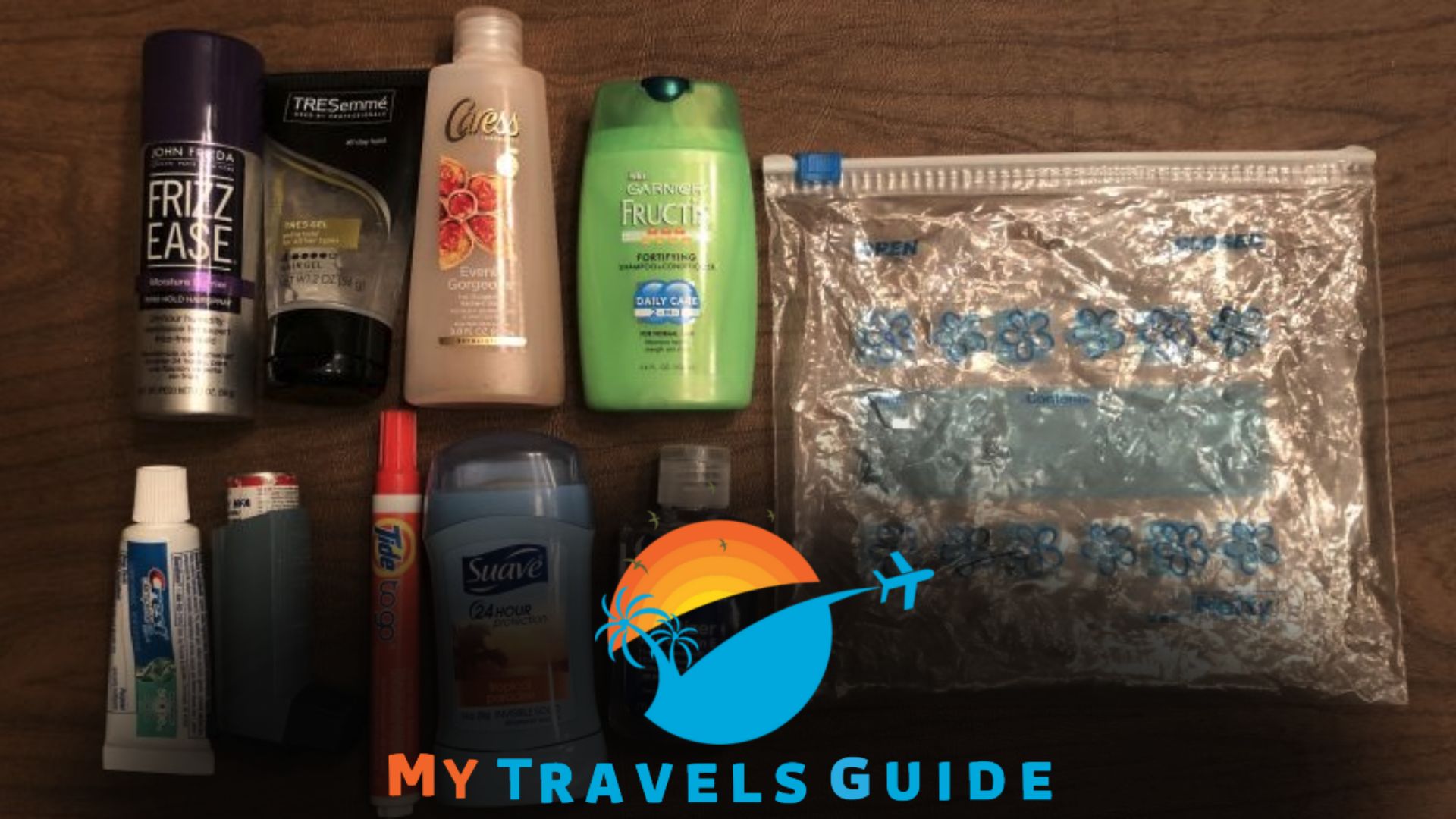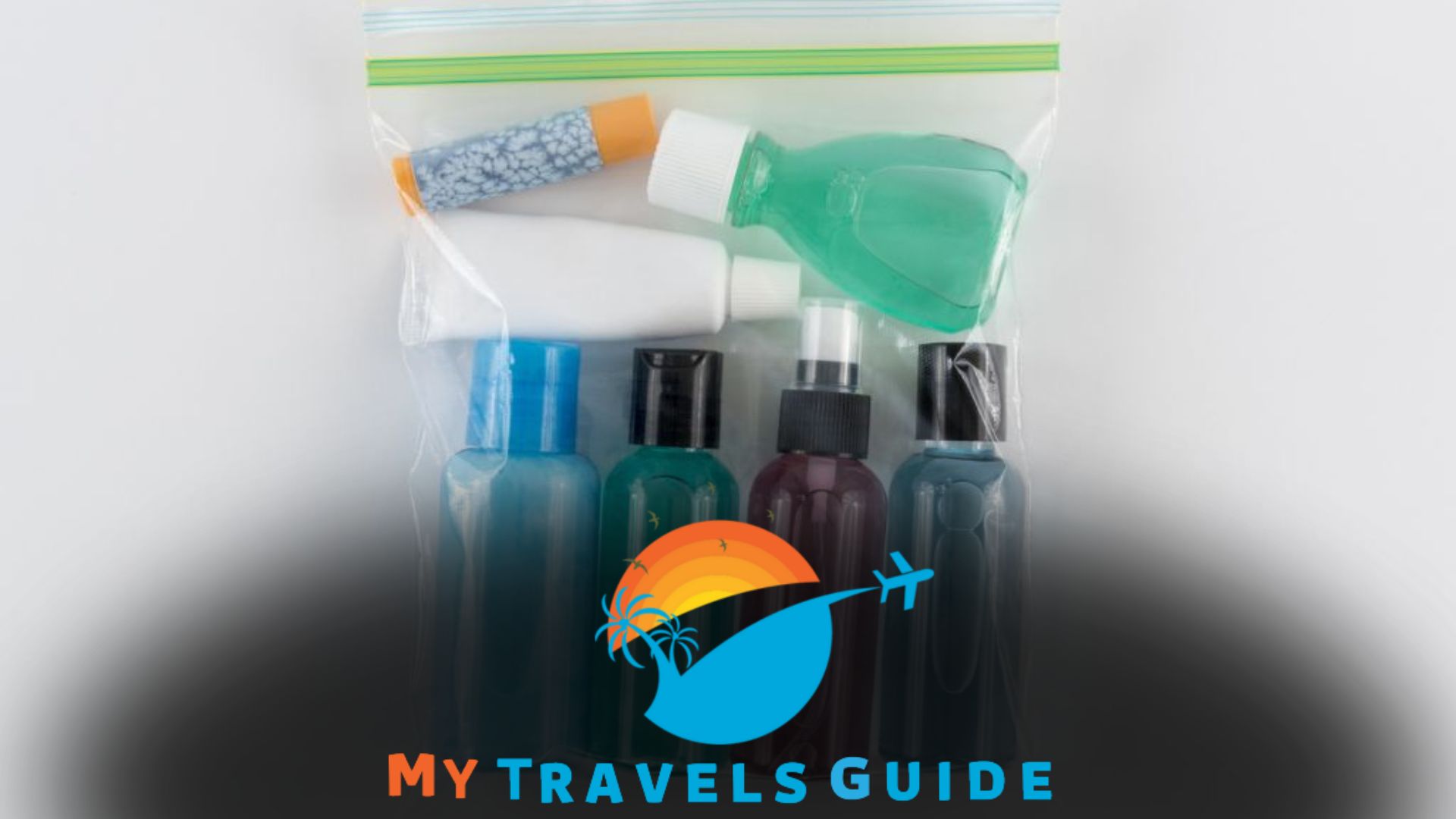In this article:
Tea bags may have gone bad if they lose their aroma or develop an off, musty smell. Signs of moisture or mold also indicate spoilage.
In the world of tea enthusiasts, the freshness and quality of tea can significantly influence the overall tea-drinking experience.
Knowing when tea bags have overstayed their welcome in your pantry is crucial to ensuring each cup is bursting with its intended flavor and richness.
Our busy schedules make it easy to lose track of how long a box of tea bags has been sitting on the shelf.
This quick guide helps you identify the telltale signs that it’s time to replace your old tea bags with fresh ones, ensuring your next brew is nothing short of perfection.
By keeping your tea collection fresh, you’ll enjoy the maximum health benefits and the finest taste that tea has to offer.
The Shelf Life of Tea Bags
Tea bags don’t last forever. Over time, they can lose flavor and potency. Understanding the shelf life of tea bags ensures each cup of tea is as delicious as the first.
Let’s explore how long tea bags last and what affects their longevity.
Factors Affecting Tea Bag Longevity
Several elements influence how long tea bags stay fresh. These factors include:
- Storage Conditions: Light, air, and moisture reduce freshness.
- Tea Quality: High-quality teas may last longer than lower-quality selections.
- Package Integrity: Tightly sealed packaging protects tea from external elements.
Typical Expiration Timelines
| Type of Tea | Average Shelf Life |
|---|---|
| Black Tea | 18-24 months |
| Green Tea | 6-12 months |
| Herbal Tea | 12-24 months |
These timelines are general guidelines. To ensure optimal freshness, check tea boxes for specific expiration dates.
Identifying Spoiled Tea Bags
Tea enthusiasts know the importance of freshness for flavor and enjoyment. Identifying spoiled tea bags is crucial to avoid a lackluster brew.
Let’s explore the telltale signs that your tea might have passed its prime.
Visual Signs of Deterioration
Visual cues can quickly indicate if a tea bag needs tossing.
- Mold or mildew: White spots or fuzzy areas mean mold.
- Discoloration: Brown or grey hues suggest decay.
- Moisture: Wet spots show improper storage.
Changes in Aroma and What They Mean
Aroma is tea’s soul, hinting at freshness or spoilage.
| Aroma Change | Meaning |
| Musty smell: | Possible moisture exposure. |
| Lack of scent: | Loss of essential oils. |
| Off-putting odor: | Contaminants or spoilage. |
Taste and Freshness
Exploring the world of tea involves not just the origins and types but also the taste and freshness. Enjoying a good cup of tea largely depends on how fresh the tea is.
Knowing when your tea bags have gone bad is crucial in maintaining the quality of your tea-drinking experience.
Impact of Stale Tea on Flavor
Tea bags don’t spoil like food but lose flavor over time. Stale tea can result in a lackluster cup that fails to deliver the vibrant aromas and tastes tea lovers seek.
Aged tea leaves might be dull and no longer contain the essential oils that give tea its fragrance and flavor. These changes can greatly diminish the pleasure of your tea time.
- The vibrant notes of the tea may fade.
- The aroma can become weak and lack intensity.
- The taste might be flat or even slightly bitter.
Conducting a Taste Test Safely
If you suspect your tea bags might be outdated, a taste test can tell you if they are still good to drink. Always inspect tea bags before brewing. Look for signs of moisture or mold, and avoid tasting if you find any.
For safe testing:
- Brew a fresh cup using one of the old tea bags.
- Let it steep according to the instructions.
- Take a small sip to assess the flavor quality.
If the tea tastes off or has a faint flavor, replacing the tea bags might be best. Fresh tea should have a distinctive scent and taste that reflects its variety, whether herbal, black, green, or white tea.
Your taste buds deserve the best, so don’t settle for stale tea.
Proper Storage Practices
Storing tea bags correctly maintains their freshness and flavor. Badly stored tea can result in a stale or off-taste experience. Let’s explore how to keep your tea in the best condition possible.
Best Techniques to Extend Tea Bag Life
Keep them sealed: Always reseal the original packaging or transfer tea bags to an airtight container.
- Control temperature: Store in a cool, dry place away from direct sunlight.
- Oxygen is the enemy: Minimize exposure to air, which can degrade the quality of tea.
- Avoid odors: Tea absorbs smells, so keep them away from spices or strong scents.
Common Storage Mistakes to Avoid
Steer clear of these pitfalls:
- No fridge or freezer: Moisture can ruin tea bags, making cold storage a poor choice.
- Steer clear of plastic: Plastic containers can impart unwanted flavors into the tea bags.
- Separate flavors: Flavored or scented teas should stay separated to prevent the mixing of aromas.
Adhering to these practices will help you avoid drinking a lackluster brew. Properly stored tea preserves its qualities, ensuring a delightful cup every time.
Tea Bag Quality and Packaging
Exploring the world of tea involves taste and ensuring it stays fresh. The longevity of tea bags links closely to their quality and packaging. Proper packaging can protect against moisture and odors.
It can also extend the tea’s shelf life. High-quality tea bags retain flavor for a considerable period. But how can you tell if a tea bag still holds its charm?
Let’s unfold the layers of packaging and quality indicators that signal longevity.
How Packaging Affects Shelf Life
Packaging plays a vital role in keeping tea bags fresh. A good seal keeps air and moisture out. Here’s what to look for:
- Airtight containers: They prevent air from spoiling the tea.
- Foil-wrapping: It protects each bag individually.
- Opaque materials: These block damaging light rays.
Damaged packaging might lead to stale tea. Always check for seals or tears in the packaging.
Quality Indicators for Long-lasting Tea Bags
Quality tea bags come with certain features. Here’s what sets them apart:
| Indicator | Details |
| Strong Aroma | A potent smell suggests freshness. |
| Intact Bags | No holes mean a longer shelf life. |
| Vibrant Color | Bright leaves usually mean high quality. |
An expiration date gives a clue about how long tea can last. High-quality brands often print this clearly on the box.
When to Keep Or Discard
Tea enthusiasts often wonder about the longevity of their beloved tea bags. It is crucial to recognize when tea bags are still good or need tossing. Proper storage extends shelf life, but not indefinitely.
So, let’s delve into when to keep or discard those tea steepers.
Criteria for Usable Tea Bags
To enjoy a cup of tea to the fullest, ensure tea bags meet certain criteria:
- Appearance: Check for discoloration or mold. Tea should look fresh and clean.
- Aroma: Sniff for a strong, pleasant smell. A stale aroma means flavor loss.
- Taste: Brew a small cup. It should taste as expected, without off-flavors.
- Packaging Integrity: Make sure the seal hasn’t broken. Exposure to air deteriorates quality.
Your tea bags are ready for a delightful brew if all the boxes are ticked!
Health Considerations When Tea Goes Bad
Using expired tea bags can be a health risk. Always note:
- Presence of Mold: If you spot mold, discard it immediately.
- Odd Smell or Flavor: An unexpected scent or taste signals spoilage.
- Physical Symptoms: Stop using those tea bags if you feel unwell after drinking.
Staying mindful of these pointers ensures a safe tea experience always. Trust your senses; they are your best guide to assessing tea quality.
Frequently Asked Questions
Can Tea Bags Expire or Go Bad?
Yes, tea bags can expire and go bad, often losing flavor or developing an off smell that indicates they are past their prime.
What Signs Indicate Spoiled Tea Bags?
Look for discoloration, a musty or moldy scent, or if the oils on the bag have become rancid; these indicate spoilage.
How Long Do Tea Bags Last?
Properly stored, tea bags can last 18-24 months before they start to lose quality, but it can vary based on the tea type.
Do Tea Bags Have a Best By Date?
Tea bags usually come with a best-by date, which suggests when to use them for optimal freshness, though they’re often safe to use beyond this date.
Is It Safe to Use Old Tea Bags?
It may be safe to use old tea bags if they show no spoilage signs, but the tea’s flavor and potency might be diminished.
Conclusion
Determining the freshness of tea bags is simple. Watch for odd smells, discoloration, or a stale taste. Proper storage extends shelf life, ensuring your cup of tea remains delightful.
Remember, trust your senses; they’re the best indicators of tea quality.
Enjoy your brew at its finest!









